-
 bitcoin
bitcoin $109523.663807 USD
-0.13% -
 ethereum
ethereum $4019.526508 USD
2.06% -
 tether
tether $1.000482 USD
0.00% -
 xrp
xrp $2.776815 USD
0.18% -
 bnb
bnb $958.942396 USD
0.12% -
 solana
solana $204.294698 USD
3.84% -
 usd-coin
usd-coin $0.999693 USD
0.00% -
 dogecoin
dogecoin $0.232115 USD
2.09% -
 tron
tron $0.338028 USD
0.84% -
 cardano
cardano $0.790920 USD
1.50% -
 hyperliquid
hyperliquid $44.871443 USD
5.60% -
 ethena-usde
ethena-usde $1.000322 USD
0.04% -
 chainlink
chainlink $21.034165 USD
2.60% -
 avalanche
avalanche $28.794831 USD
-0.54% -
 stellar
stellar $0.360466 USD
1.24%
How to analyze the combination of Vol indicator and OBV? Is it more effective?
Combining Vol and OBV indicators provides a comprehensive view of market dynamics, helping traders confirm trends and identify potential reversals effectively.
May 22, 2025 at 03:09 am
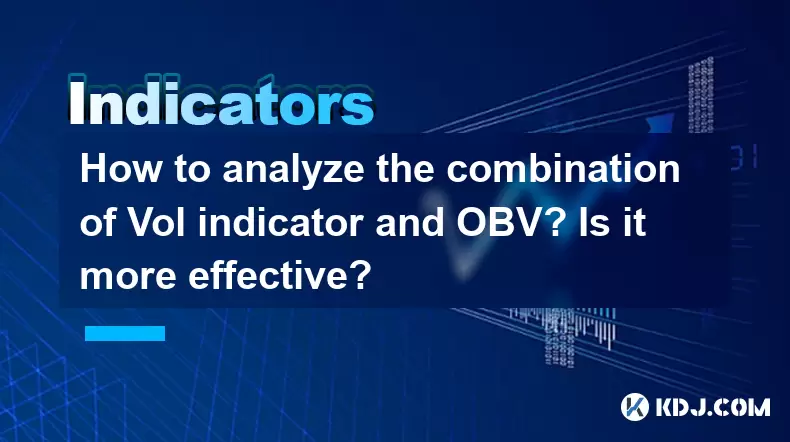
Analyzing the combination of the Volume (Vol) indicator and On-Balance Volume (OBV) can provide traders with a deeper understanding of market trends and potential price movements. The Vol indicator measures the number of shares or contracts traded in a security or market during a given period, while the OBV is a momentum indicator that uses volume flow to predict changes in stock price. When used together, these indicators can offer a more comprehensive view of market dynamics.
Understanding the Vol IndicatorThe Volume indicator is a basic yet crucial tool in technical analysis. It is displayed as a histogram on a chart and shows the trading volume for each period. The Vol indicator helps traders identify the strength behind a price move. High volume during a price increase suggests strong buying pressure, while high volume during a price decrease indicates strong selling pressure. Conversely, low volume during price movements may indicate a lack of conviction among traders.
Understanding the OBV IndicatorThe On-Balance Volume (OBV) indicator is a cumulative total of volume, adding or subtracting volume based on whether the price closes higher or lower than the previous period. OBV helps traders confirm trends and detect potential reversals. If the OBV is rising, it suggests that buying volume is outweighing selling volume, which could confirm an uptrend. Conversely, if the OBV is falling, it indicates that selling volume is prevailing, which could confirm a downtrend.
Combining Vol and OBV: A Step-by-Step ApproachTo effectively combine the Vol and OBV indicators, follow these steps:
- Identify the Trend with OBV: Begin by analyzing the OBV to determine the overall trend. If the OBV is trending upwards, it suggests a bullish market, while a downward trend indicates a bearish market.
- Confirm the Trend with Volume: Next, use the Vol indicator to confirm the trend identified by the OBV. High volume during periods of rising OBV confirms the strength of the uptrend, while high volume during periods of falling OBV confirms the strength of the downtrend.
- Watch for Divergences: Pay attention to divergences between price and the OBV. If the price is rising but the OBV is falling, it could signal a potential reversal. Similarly, if the price is falling but the OBV is rising, it may indicate an upcoming bullish reversal.
- Analyze Volume Spikes: Look for significant volume spikes on the Vol indicator. These spikes can indicate key turning points in the market. If a volume spike occurs alongside a significant move in the OBV, it can provide a strong signal for a potential trend change.
- Use Multiple Timeframes: For a more robust analysis, consider using multiple timeframes. What may appear as a strong trend on a shorter timeframe could be a minor correction on a longer timeframe. Analyzing both the Vol and OBV across different timeframes can provide a clearer picture of the market's direction.
Combining the Vol and OBV indicators can be more effective than using either indicator alone. The synergy between these two indicators provides traders with a more complete picture of market dynamics. While the Vol indicator shows the raw trading activity, the OBV adds a layer of analysis by considering the direction of volume flow. Together, they help traders confirm trends, identify potential reversals, and make more informed trading decisions.
Practical Example: Analyzing a CryptocurrencyLet's consider a practical example of analyzing a cryptocurrency using the Vol and OBV indicators. Suppose we are analyzing Bitcoin (BTC) on a daily chart.
- Step 1: Analyze OBV: We observe that the OBV has been steadily rising over the past month, indicating strong buying pressure and confirming an uptrend.
- Step 2: Confirm with Volume: We then look at the Vol indicator and notice that during the periods of rising OBV, there were several days with significantly high volume. This confirms the strength of the uptrend.
- Step 3: Watch for Divergences: We monitor for any divergences between the price of BTC and the OBV. If the price starts to plateau or decline while the OBV continues to rise, it could signal a potential bullish continuation.
- Step 4: Analyze Volume Spikes: We identify a significant volume spike on a day when the price of BTC also surged. This spike, combined with the rising OBV, further supports the bullish trend.
- Step 5: Use Multiple Timeframes: To validate our findings, we check the weekly chart and observe that the OBV is also trending upwards, with consistent high volume confirming the bullish trend on a longer timeframe.
While combining the Vol and OBV indicators can be effective, it is important to consider their limitations. No indicator is foolproof, and false signals can occur. Additionally, these indicators should be used in conjunction with other technical analysis tools and fundamental analysis for a more comprehensive trading strategy. Market conditions, news events, and other external factors can also impact the effectiveness of these indicators.
Frequently Asked Questions1. Can the Vol and OBV indicators be used for all types of cryptocurrencies?Yes, the Vol and OBV indicators can be applied to any cryptocurrency. However, the effectiveness may vary depending on the liquidity and trading volume of the specific cryptocurrency. For less liquid cryptocurrencies, the indicators might provide less reliable signals due to lower trading activity.
2. How often should I check the Vol and OBV indicators?The frequency of checking these indicators depends on your trading strategy. For short-term traders, checking the indicators on an hourly or daily basis may be necessary. For long-term investors, weekly or monthly checks might be sufficient. It's important to align the frequency with your trading goals and timeframes.
3. Are there any specific software tools recommended for analyzing the Vol and OBV indicators?Several trading platforms and charting software support the Vol and OBV indicators. Popular choices include TradingView, MetaTrader 4/5, and CryptoWatch. These platforms offer customizable charts and the ability to overlay multiple indicators, making it easier to analyze the combination of Vol and OBV.
4. How can I avoid false signals when using the Vol and OBV indicators?To minimize false signals, use the Vol and OBV indicators in conjunction with other technical indicators such as Moving Averages, RSI, and MACD. Additionally, consider the broader market context and any significant news events that could impact the cryptocurrency's price. Always use stop-loss orders to manage risk and protect your investments.
Disclaimer:info@kdj.com
The information provided is not trading advice. kdj.com does not assume any responsibility for any investments made based on the information provided in this article. Cryptocurrencies are highly volatile and it is highly recommended that you invest with caution after thorough research!
If you believe that the content used on this website infringes your copyright, please contact us immediately (info@kdj.com) and we will delete it promptly.
- Whales, Trump Coin, and Crypto: A New York Minute on What's Hot (and What's Not)
- 2025-09-27 10:25:17
- SWIFT Tests On-Chain Messaging with Linea: A New Era for Global Finance?
- 2025-09-27 10:25:17
- Binance Coin, WLFI, Crypto Presales: Decoding 2025's Hottest Trends
- 2025-09-27 10:45:15
- MoonBull, Crypto, and Snek Cheems: Navigating the Meme Coin Mania in 2025
- 2025-09-27 10:30:02
- Dogecoin's Rocky Road: Resistance and Price Decline - What's Next?
- 2025-09-27 10:45:15
- Meme Coins: Will Dogecoin and Shiba Inu Ever See Another Boom?
- 2025-09-27 10:50:01
Related knowledge
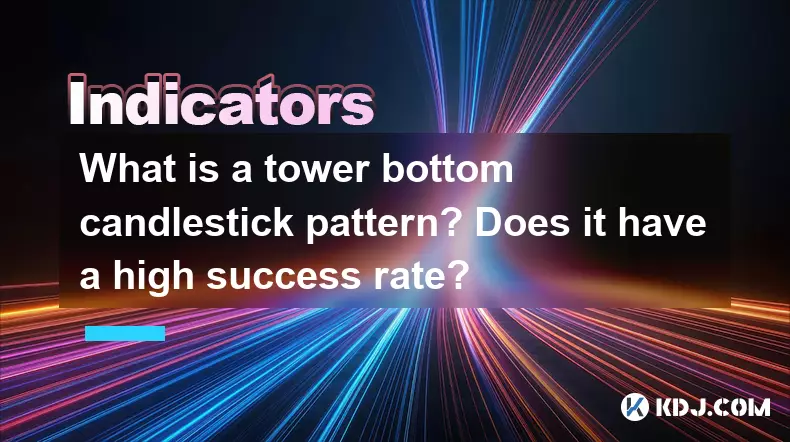
What is a tower bottom candlestick pattern? Does it have a high success rate?
Sep 22,2025 at 07:18am
Tower Bottom Candlestick Pattern Explained1. The tower bottom candlestick pattern is a reversal formation that typically appears at the end of a downt...
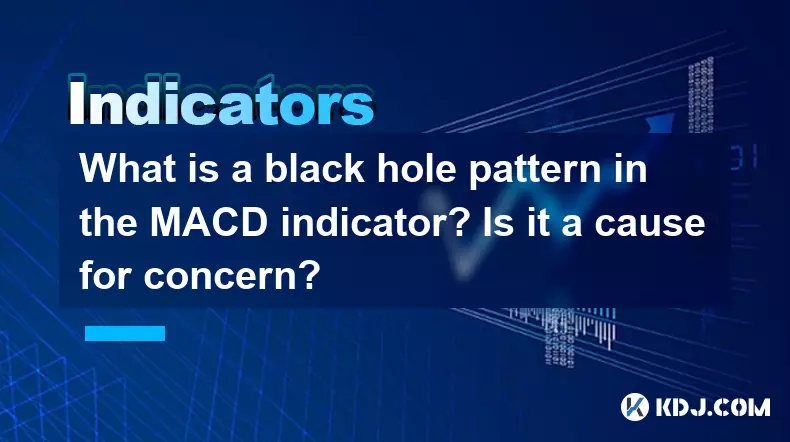
What is a black hole pattern in the MACD indicator? Is it a cause for concern?
Sep 21,2025 at 06:54pm
Bitcoin's Role in Decentralized Finance1. Bitcoin remains the cornerstone of decentralized finance, serving as a benchmark for value and security acro...

How can I use the psychological line (PSY) to determine market sentiment?
Sep 17,2025 at 02:19pm
Understanding the Psychological Line (PSY) in Cryptocurrency TradingThe Psychological Line, commonly referred to as PSY, is a momentum oscillator used...
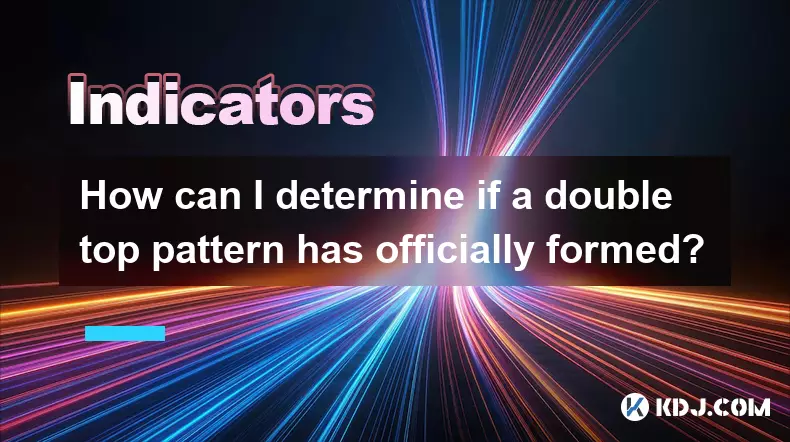
How can I determine if a double top pattern has officially formed?
Sep 21,2025 at 03:18am
Understanding the Structure of a Double Top Pattern1. A double top pattern consists of two distinct peaks that reach approximately the same price leve...
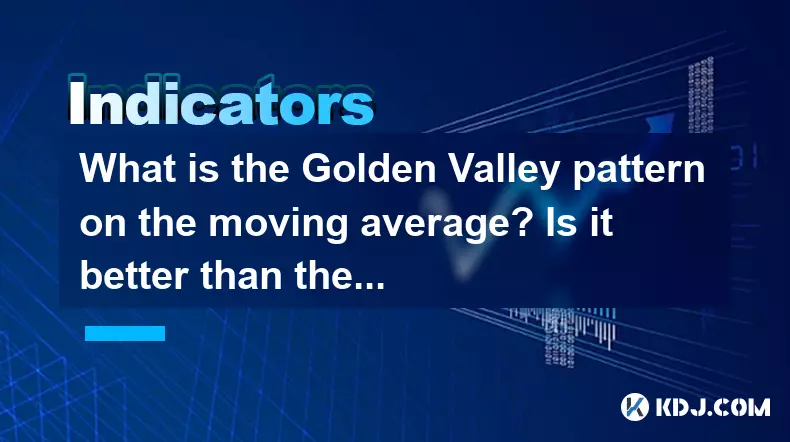
What is the Golden Valley pattern on the moving average? Is it better than the Silver Valley pattern?
Sep 21,2025 at 02:54pm
Understanding the Golden Valley Pattern in Moving Averages1. The Golden Valley pattern is a technical formation observed in cryptocurrency price chart...

What does a death cross of the RSI in the strong zone (above 50) mean?
Sep 17,2025 at 10:54pm
Understanding the Death Cross in RSI Context1. The term 'death cross' is traditionally associated with moving averages, where a short-term average cro...

What is a tower bottom candlestick pattern? Does it have a high success rate?
Sep 22,2025 at 07:18am
Tower Bottom Candlestick Pattern Explained1. The tower bottom candlestick pattern is a reversal formation that typically appears at the end of a downt...

What is a black hole pattern in the MACD indicator? Is it a cause for concern?
Sep 21,2025 at 06:54pm
Bitcoin's Role in Decentralized Finance1. Bitcoin remains the cornerstone of decentralized finance, serving as a benchmark for value and security acro...

How can I use the psychological line (PSY) to determine market sentiment?
Sep 17,2025 at 02:19pm
Understanding the Psychological Line (PSY) in Cryptocurrency TradingThe Psychological Line, commonly referred to as PSY, is a momentum oscillator used...

How can I determine if a double top pattern has officially formed?
Sep 21,2025 at 03:18am
Understanding the Structure of a Double Top Pattern1. A double top pattern consists of two distinct peaks that reach approximately the same price leve...

What is the Golden Valley pattern on the moving average? Is it better than the Silver Valley pattern?
Sep 21,2025 at 02:54pm
Understanding the Golden Valley Pattern in Moving Averages1. The Golden Valley pattern is a technical formation observed in cryptocurrency price chart...

What does a death cross of the RSI in the strong zone (above 50) mean?
Sep 17,2025 at 10:54pm
Understanding the Death Cross in RSI Context1. The term 'death cross' is traditionally associated with moving averages, where a short-term average cro...
See all articles










































































